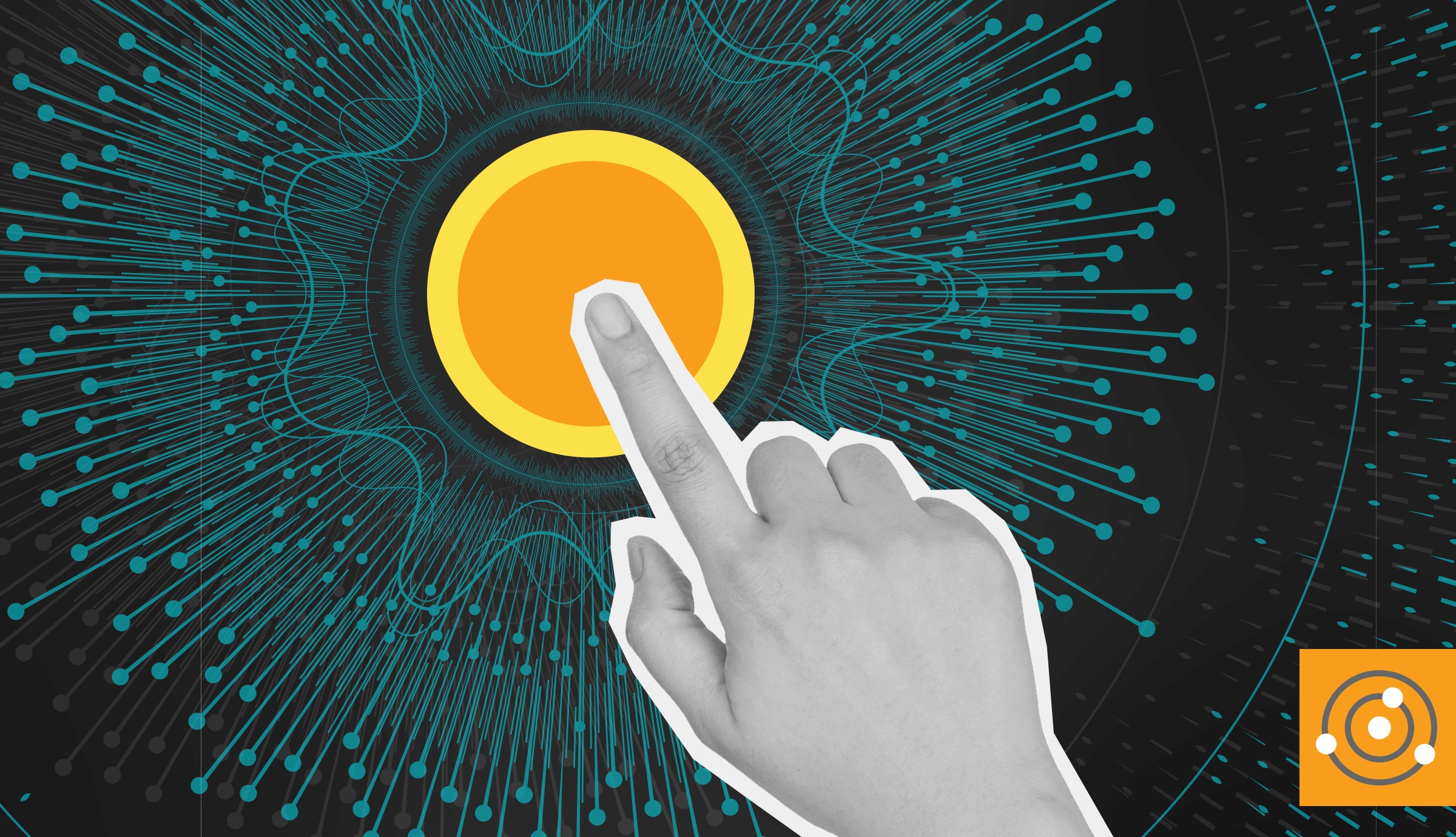NYUAD Scientists Predict Solar Winds with AI

AI Predicts Solar Winds with Unprecedented Accuracy
Scientists at NYU Abu Dhabi have made a groundbreaking achievement in predicting solar wind speeds using artificial intelligence (AI). Their model, trained on high-resolution ultraviolet images from NASA's Solar Dynamics Observatory, can forecast solar wind speeds up to four days in advance. This represents a significant improvement over current methods, enhancing accuracy by 45% compared to operational models and 20% over previous AI-based approaches[2].
How It Works
The AI model analyzes patterns in solar images to predict changes in solar wind, which can cause space weather events that disrupt satellites and power grids. This breakthrough demonstrates AI's potential to solve complex space science challenges and safeguard critical infrastructure against such disruptions[2].
Implications for Space Weather
Better forecasting can help scientists and engineers prepare for space weather events more effectively. For instance, in 2022, a strong solar wind event led to the loss of 40 Starlink satellites, highlighting the urgent need for accurate predictions[2]. The NYUAD team's innovation underscores how AI can enhance resilience against space-related disruptions.
Future Perspectives
As AI continues to play a crucial role in space science, the development of more sophisticated models will be pivotal. Experts emphasize that advancements like this could lead to more reliable systems for monitoring and predicting space phenomena, ultimately protecting vital infrastructure and advancing our understanding of space weather dynamics.
How Communities View AI in Space Weather Prediction
The use of AI in predicting space weather, such as solar winds, has garnered significant attention online. Discussions highlight the potential benefits and challenges of integrating AI into space science:
-
Improved Accuracy and Safety: Many see AI as a key tool for enhancing the accuracy of solar wind predictions, thereby improving safety for satellites and power grids[2].
-
Challenges and Limitations: Some users discuss the complexity of training AI models with high-resolution data and the potential for improved real-time monitoring[2].
-
Future Developments: There is a growing interest in how AI can be further integrated into space weather forecasting to address ongoing challenges, such as the need for more robust infrastructure support[2].